Urban photography is one of the most exciting forms of photography, but the constant activity of urban environments can be somewhat exhausting. However, with the right tips and enough practice, you will learn how to photograph the essence of any city.
Table of Contents
What is urban photography?
Urban photography is about shooting cities and city life. The main purpose of urban photography is to showcase everyday life while always grabbing the attention of the viewer.
Urban photography is a broad term that describes photography that captures all aspects of an urban environment and combines elements of many other types of photography, involving portraiture, fine art, landscape, and architecture, plus news photography. Urban photography is easily confused with street photography, but the genres are different.
There are so many factors you will need to consider to capture stunning urban photography shots, from choosing the right gear and settings to determining the best subjects and composition and more.
11 Tips for shooting urban photography
No matter the size of the city you’re shooting, these urban photography tips will help you capture the best shots possible.
1. Choose a camera that suits your needs
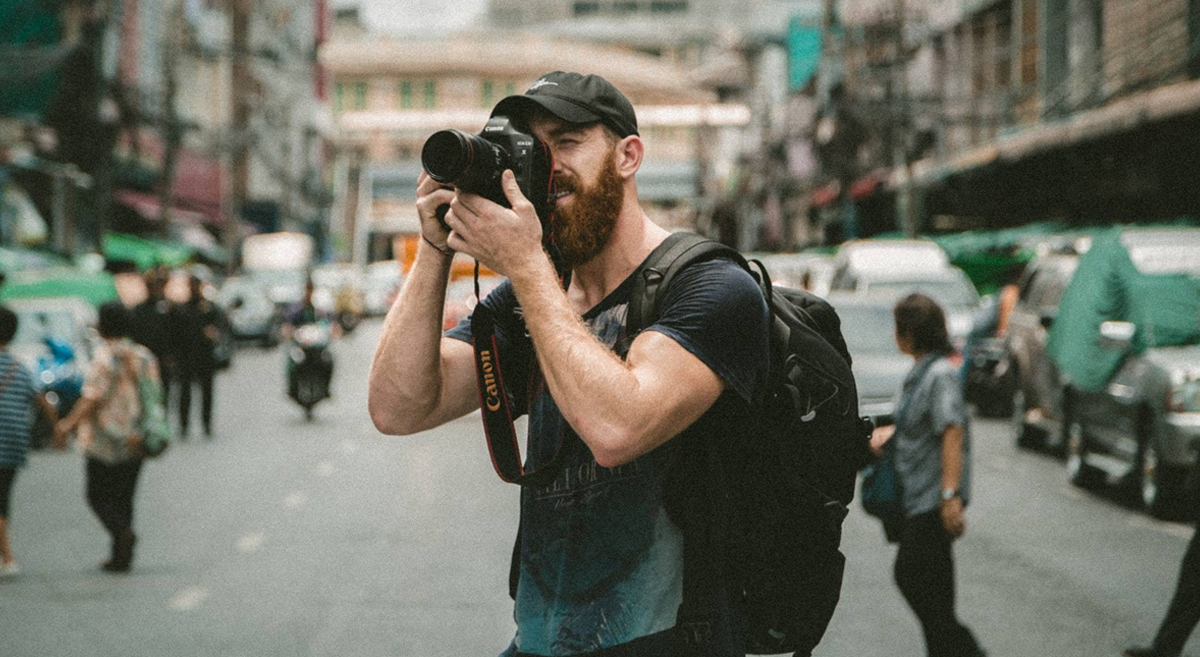
There are advantages and disadvantages when using a mirrorless or DSLR camera for urban photography. A mirrorless compact camera is small and light, which means it takes less of a physical toll on your body when you’re shooting for long periods. The advantages of shooting with a DSLR camera are that you have more lens choices, longer battery life, and an optical viewfinder that performs better in low light. Both DSLR and mirrorless cameras create photos of comparable quality, so weigh the importance of each type of camera and decide which one will allow you to be the best urban photographer.
2. Explore your surroundings
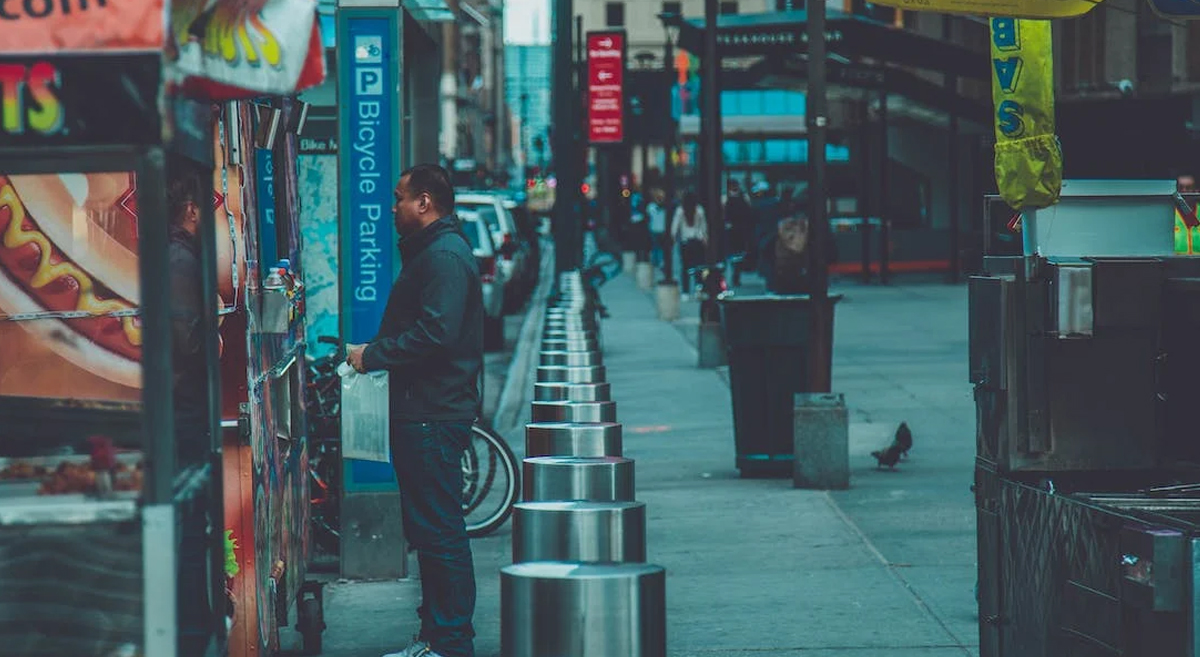
Considering that about 55% of the world’s population lives in urban areas, urban photography is one of the most accessible genres. You probably live near one even if you don’t live in a city. The first urban photography tip we can give you is to walk around the city and let your photography inspiration flow.
When you think of a new photo genre, it’s common to immediately think of exotic locations that dominate the photography’s best Instagram accounts. However, it’s important to remember that you can take photos that are just as great in your backyard.
3. Use natural light to guide your shot selection
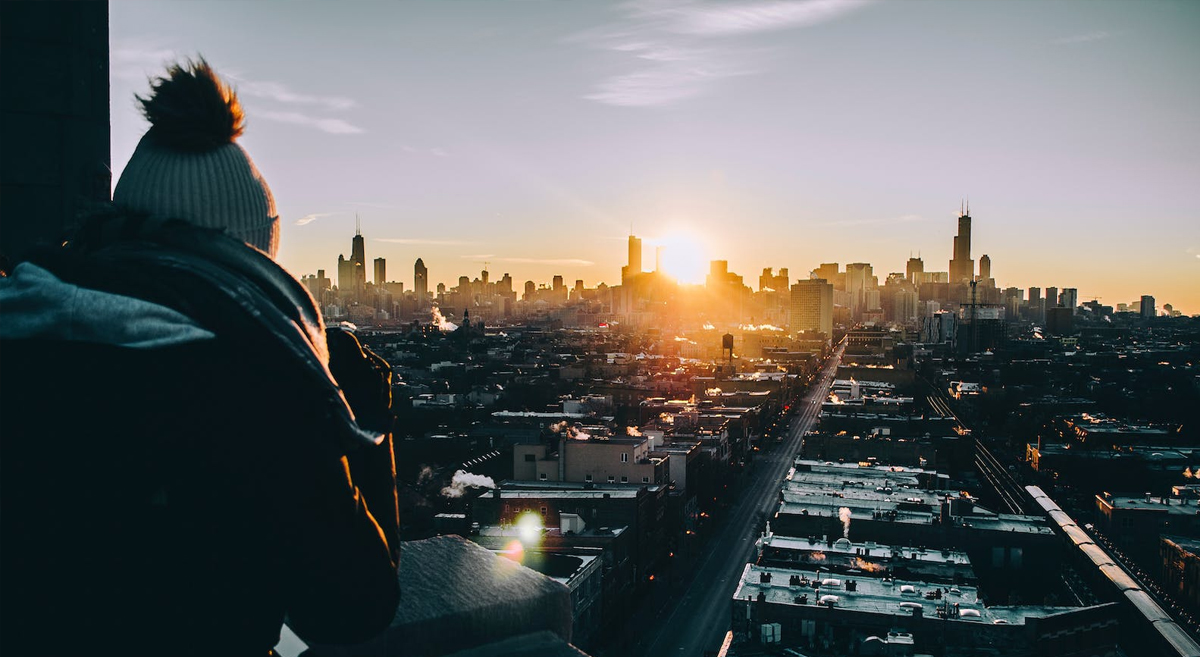
A clear, overcast day is perfect for urban photography because the light is soft and evenly distributed over your subjects. On the other hand, a sunny day creates harsh lighting conditions which are not satisfactory for portraits but can do wonders for candid and urban architecture photography. Sunny days create contrast, bright highlights, and dark shadows that allow you to creatively display urban geometry. When photographing at night, one of the best ways to capture the spirit of a city is to use the city’s natural light sources, such as street lamps or neon signs, to illuminate your subject. For beginner urban photographers, setting your camera’s auto-white balance is an easy way to create wonderful photos in the most dynamic lighting conditions of a city.
4. Know the right lens for the right situations
Use a wide-angle lens (16-28mm) to photograph urban landscapes. Wide-angle lenses allow you to capture the surrounding scenery in your frame with minimal distortion, making them perfect for shooting large cityscapes. A standard 35mm or 50mm lens is great for candid photos, as these focal lengths offer the normally same field of view as the naked eye (35mm for crop-frame cameras and 50mm for full-frame cameras). As zoom lenses are bulkier than primes (fixed focal length lenses) and not always sharp, a standard kit 18-55mm zoom lens is a perfect choice for beginner urban photographers because of its versatility in almost any situation. Telephoto lenses, which are useful for distant subjects, are not ideal for urban photography because they are large, heavy, and very prominent.
5. Challenge your use of color
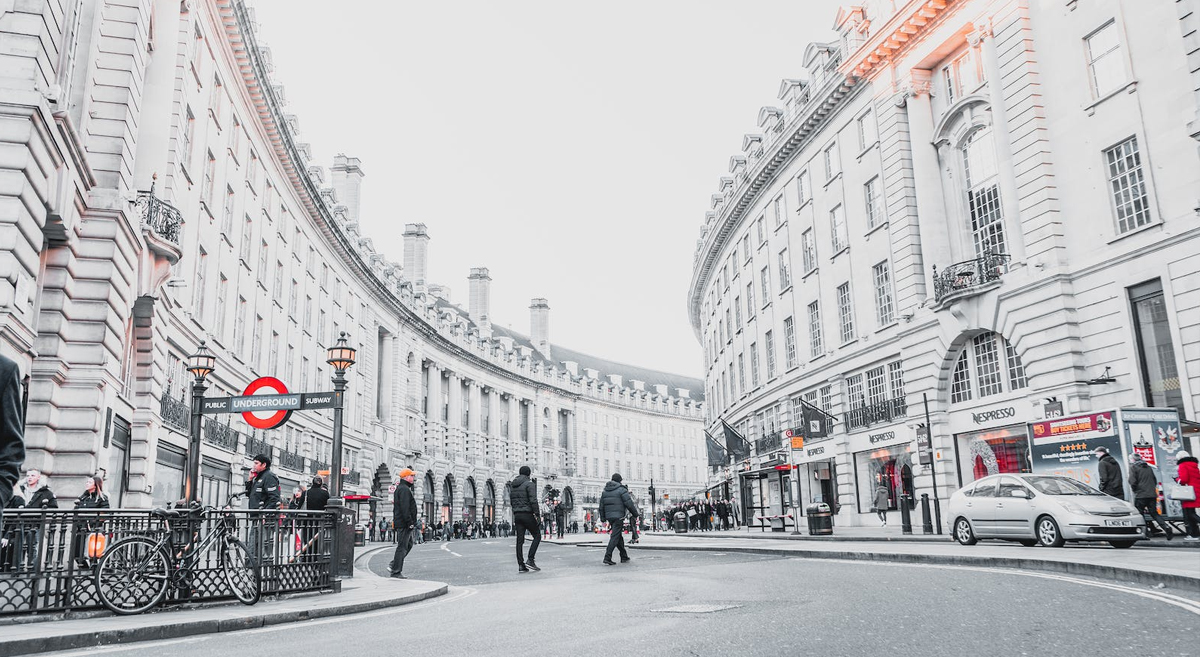
Make the most of vibrant bursts of color in your urban environment. If it is a pedestrian’s colorful coat in a sea of neutral colors, or a patch of bright-green grass growing from a cobblestone sidewalk, look for color and capture it with intent. On the other hand, if you think showing colors might distract from the story you’re trying to tell in the photo, remember to photograph in monochrome to eliminate colorful distractions.
6. Use slow shutter speeds to capture motion
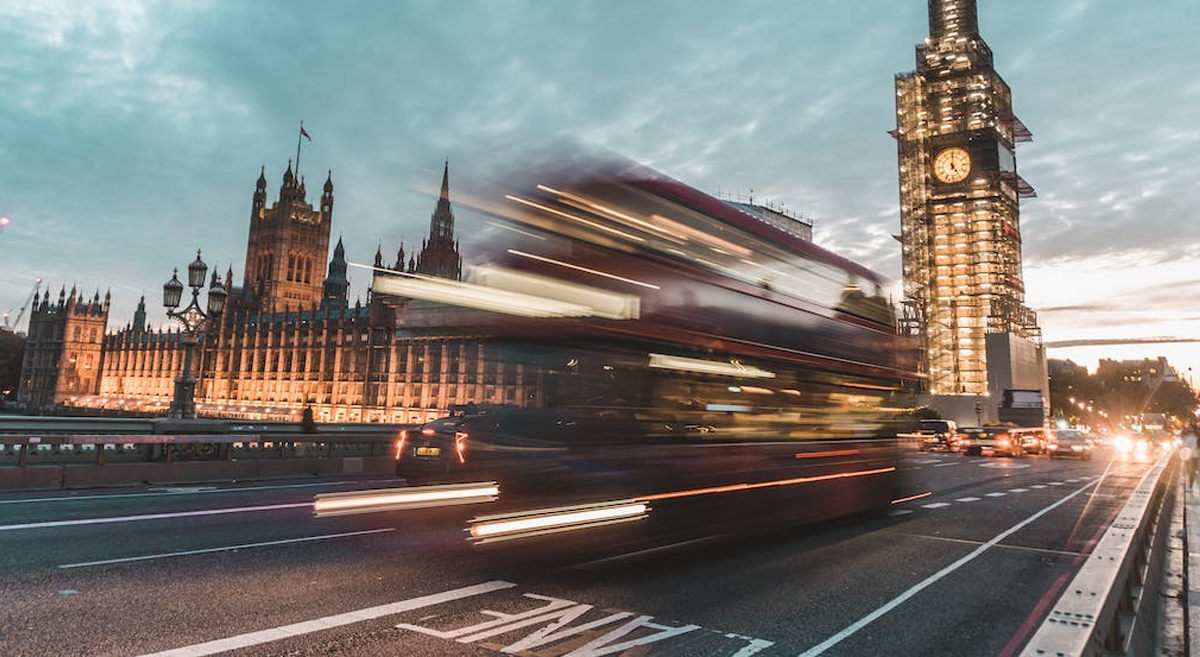
Knowing the right camera settings to effectively capture the hustle and bustle of an urban environment is essential to urban photography success. To add motion blur to your photos—for example, to capture a bicycle messenger speeding around a street corner—you should use a long exposure. To do this, adjust your camera to shutter priority mode and choose a slow shutter speed. The slower your shutter speed, the more motion blur will appear.
7. Change your point of view
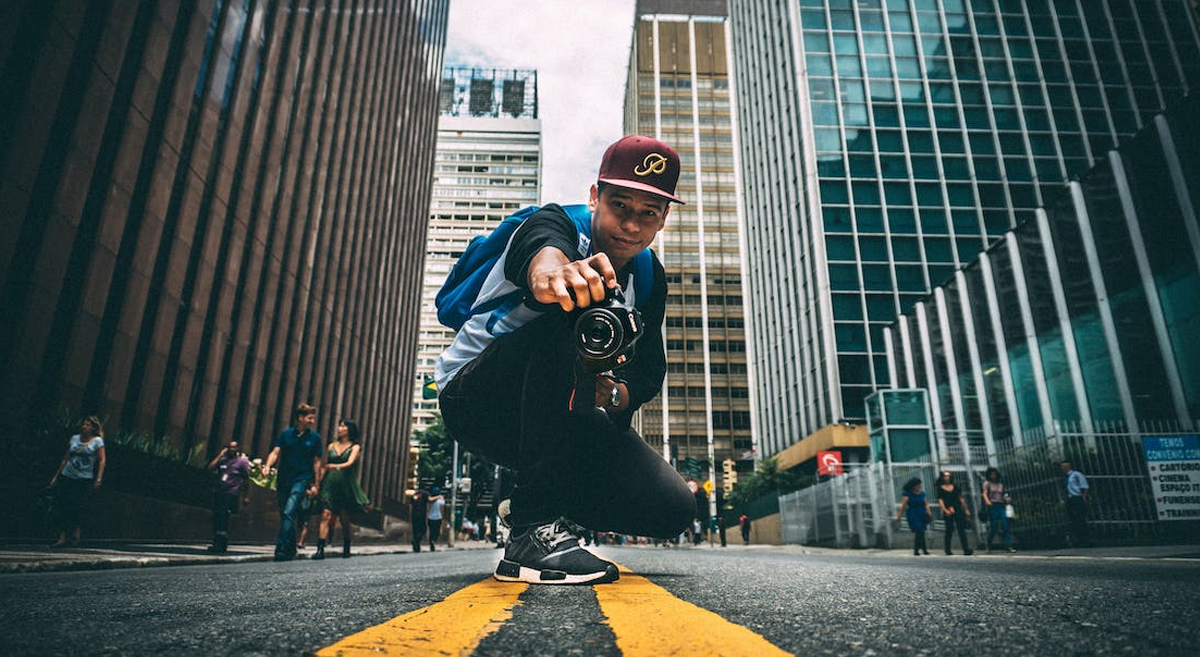
Raising your point of view above eye level can provide a new perspective on a scene. For a better location, look for hills, balconies, parking garages, tourist observation decks, and rooftops of tall buildings. You’ll be surprised how city streets and architecture form new shapes when you perceive them from above. A low vantage point can be an ideal way to play with scale and showcase overlooked urban features.
8. Try out black-and-white urban photography
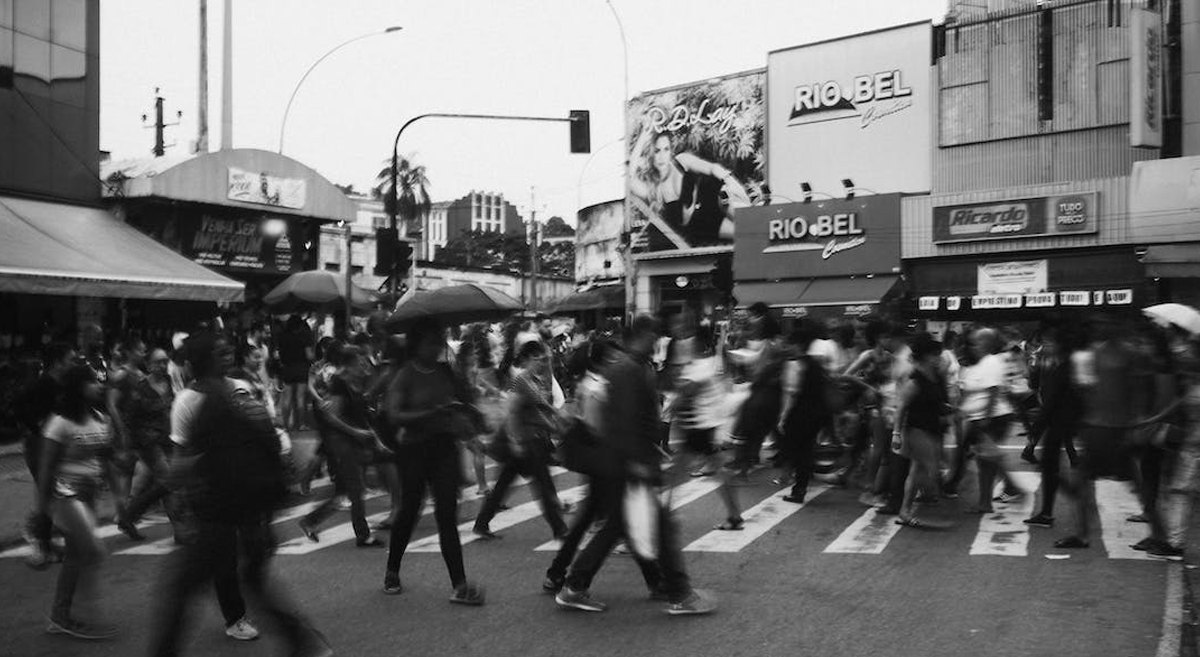
As can be seen from the black and white effect makes urban scenery is moody, impressive, and dramatic. You can increase that effect and the general atmosphere of the images during the editing stage by experimenting with tones, lighting, and shadows.
9. Pay attention to detail
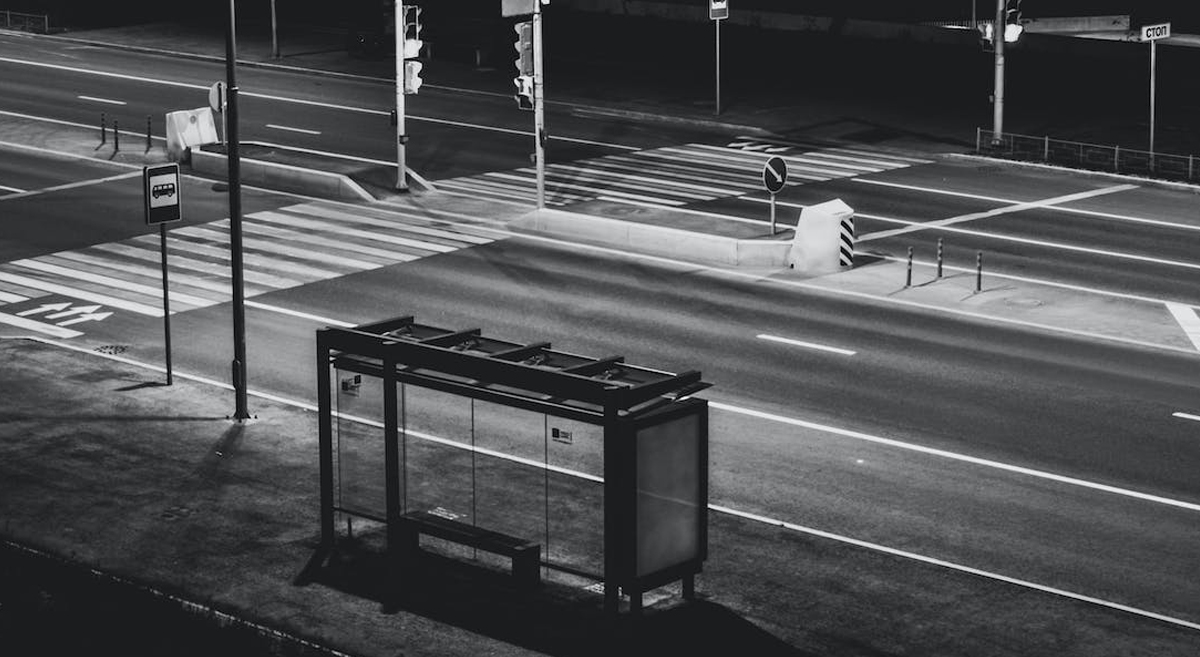
By default, most beginners in the world of urban photography see this genre as an urban version of landscape photography. For this reason, most of their work shows large spaces and wide-angle shots. As there’s nothing wrong with this approach, it is essential to understand that urban photography is much more than just skylines.
As you walk down the street, look for elements and shapes that stand out. Pay attention to the details, and textures of buildings, as well as how their shapes blend or contrast with their surroundings. Since this is a habit that most people don’t do, you can take impressive pictures that are likely to catch people’s attention.
10. Take a photo during the golden hour
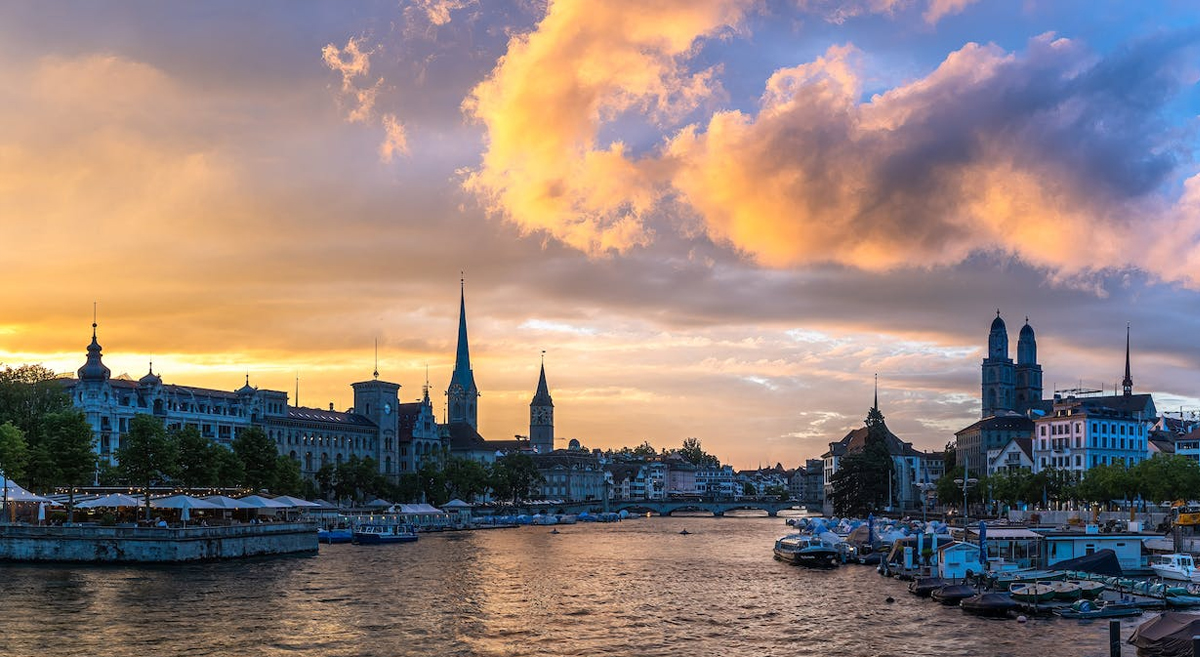
The magic hour just before sunset or after sunrise is the perfect time to photograph a cityscape. At this time of day, the unique warm lighting can transform cityscapes with bursts of color and shadow. Golden hour is a very popular time to capture the skyscrapers which dominate a city landscape.
11. Be friendly and charismatic
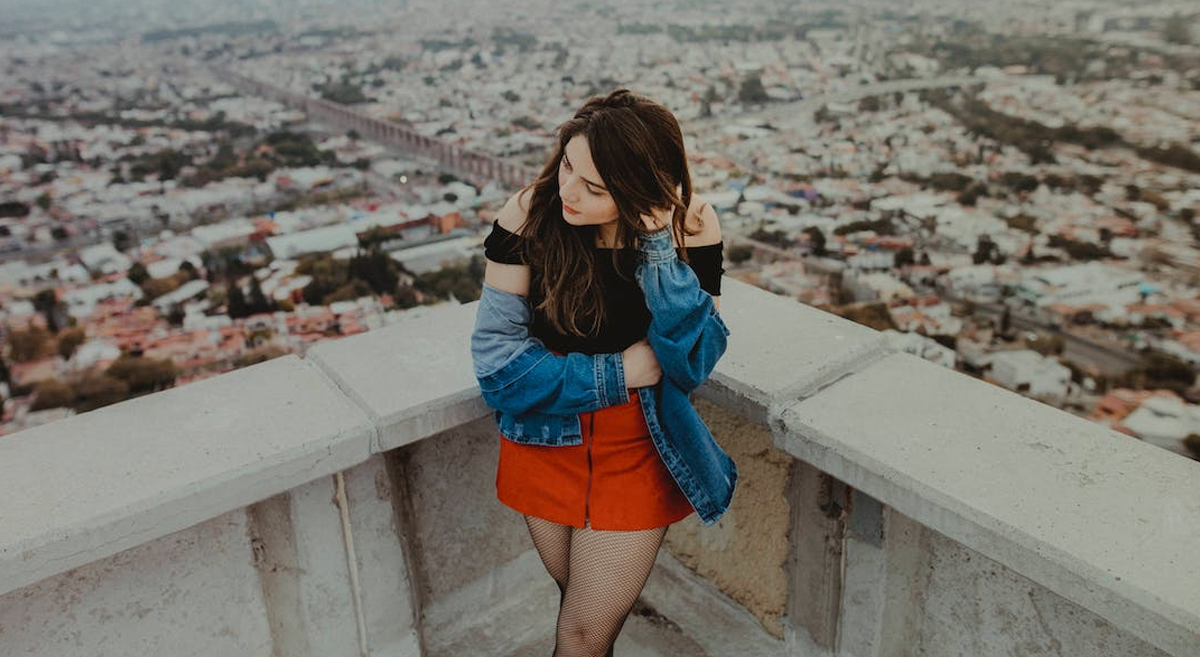
When you’re not taking candid photos, it’s a good idea to strike up a pleasant conversation and politely ask for permission to take a street portrait. A subject who feels uncomfortable when they see a stranger taking their photo may initially open up with a warm smile and a brief introduction. If the person looks unwilling to participate, avoid pushing them further and instead thank them and walk away. If you see an interesting house, chatting with the owner might even give you more insight into the structure’s features and help you get a better picture.
